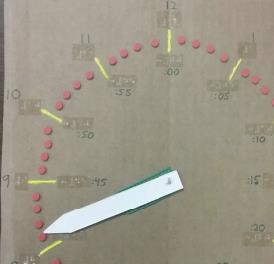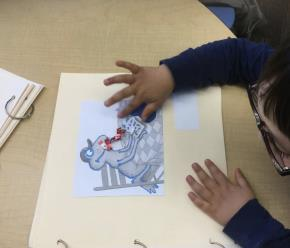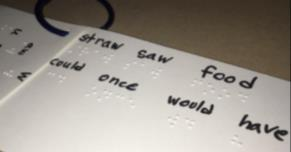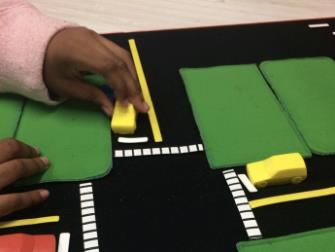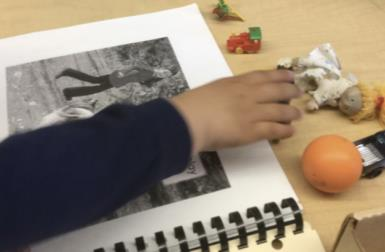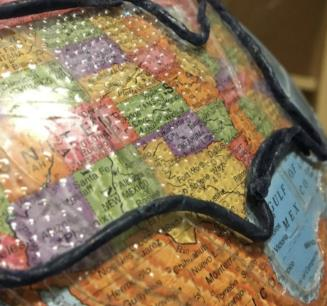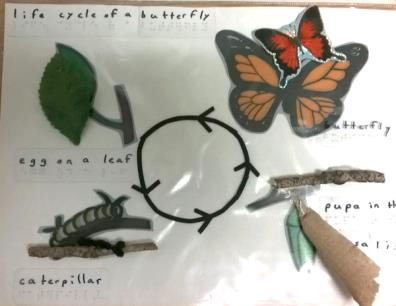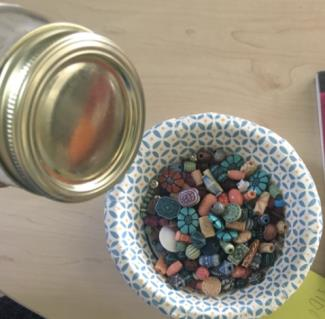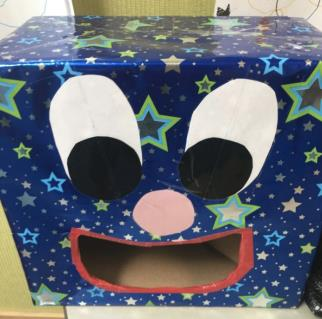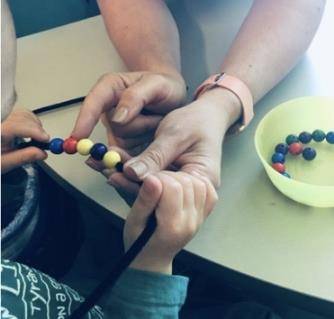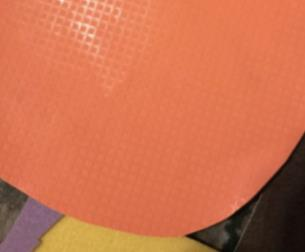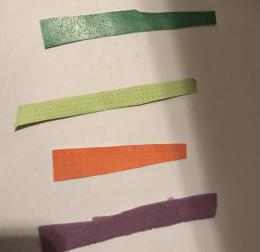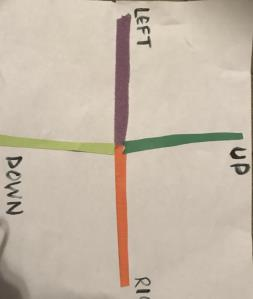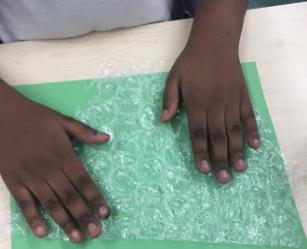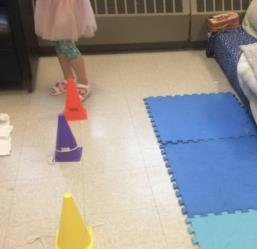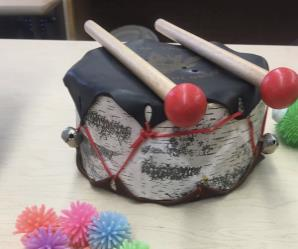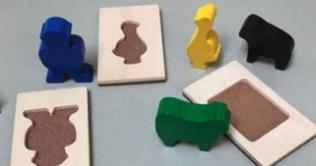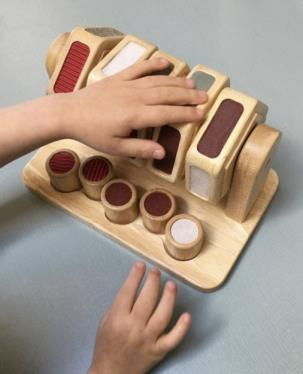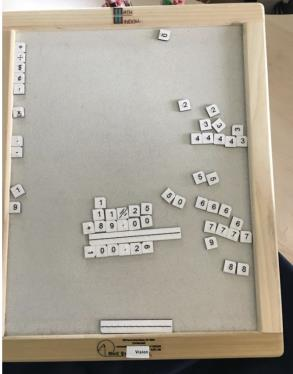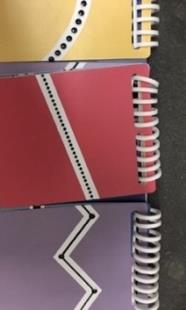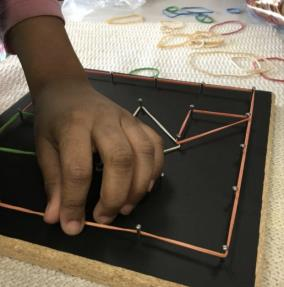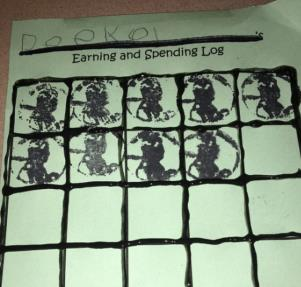Teachers of the visually impaired (TVIs) regularly present tactile materials (tactile graphics, 3D models, and real objects) to students with vision impairments. Researchers have been increasingly interested in designing tools to support the use of tactile materials, but we still lack an in-depth understanding of how tactile materials are created and used in practice today. To address this gap, we conducted interviews with 21 TVIs and a 3-week diary study with eight of them. We found that tactile materials were regularly used for academic as well as non-academic concepts like tactile literacy, motor ability, and spatial awareness. Real objects and 3D models served as "stepping stones" to tactile graphics and our participants preferred to teach with 3D models, despite finding them difficult to create, obtain, and modify. Use of certain materials also carried social implications; participants selected materials that fostered student independence and allow classroom inclusion. We contribute design considerations, encouraging future work on tactile materials to enable student and TVI co-creation, facilitate rapid prototyping, and promote movement and spatial awareness. To support future research in this area, our paper provides a fundamental understanding of current practices. We bridge these practices to established pedagogical approaches and highlight opportunities for growth regarding this important genre of educational materials.
翻译:视力受损者(TVIs)的教师经常向视力受损学生提供触觉材料(触觉图形、3D模型和真实物体),研究人员越来越有兴趣设计支持触觉材料使用的工具,但我们仍缺乏对目前如何创造和使用触觉材料的深入了解;为弥补这一差距,我们与21 TVIs进行了访谈,与其中8人进行了为期三周的日记研究。我们发现,触觉材料经常用于学术和非学术概念,如触觉识字、运动能力和空间意识。真实物体和3D模型作为“踩石头”用于触觉图形使用,但我们的参与者更愿意用3D模型教学,尽管发现这些模型难以创造、获取和修改。使用某些材料也具有社会影响;与会者选择了促进学生独立和教室包容的材料。我们提出设计考虑,鼓励今后关于触觉材料的工作,以促进学生和TVI的共创能力、运动能力和空间意识。真实的物体和3D模型作为“踩踏石块”用于触摸摸图,促进移动和空间意识,我们的参与者倾向于用3D模型教学模式进行教学,尽管发现难以创建、获取、获取、获取和修改,但我们在基本文件方面获得重要的研究机会。


